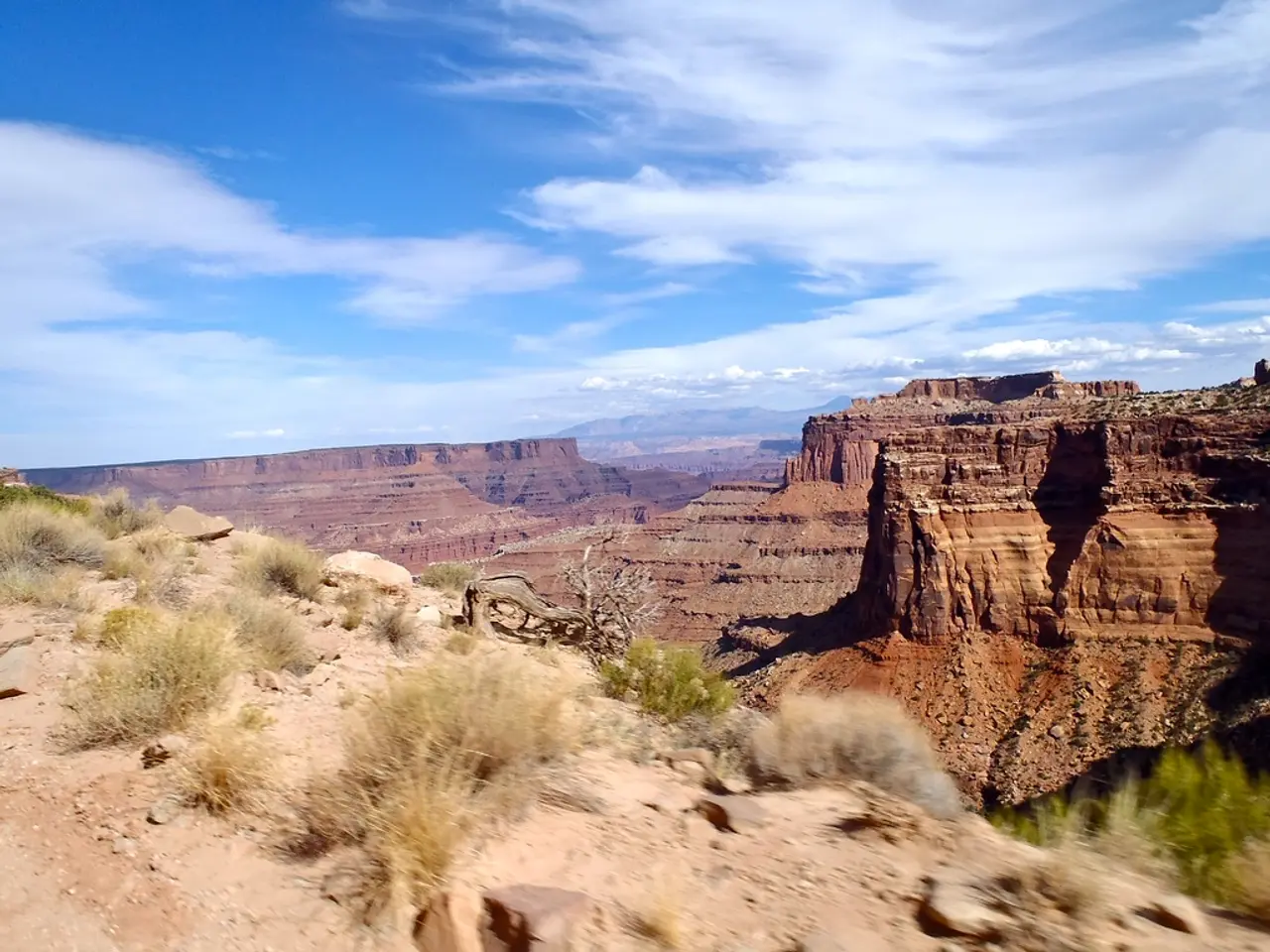Cultivating Shrubs in Nutrient-Rich Earth for Vibrant Growth
In the world of gardening, the type of soil you choose can significantly impact the health and growth of your shrubs. Here's a breakdown of the characteristics and ideal uses of four common soil types: loamy, clay, sandy, and peat soil.
Loamy Soil, the Ideal Garden Soil ----------------------------------
Loamy soil, a balanced mixture of sand, silt, and clay, is widely regarded as the most versatile and forgiving medium for shrubs. It offers good drainage, nutrient retention, and air penetration, making it easy to work with and suitable for a wide variety of plants. Loamy soil supports most shrubs well due to its nutrient balance and drainage, making it an excellent choice for vegetable gardens and flowering shrubs.
Challenging Clay Soil ---------------------
Clay soil, dense and sticky when wet, hard when dry, can be challenging due to its compact nature, which limits water and air penetration. However, it is nutrient-rich and can support nutrient-loving shrubs like roses and hydrangeas. With proper management, such as amending with organic matter to improve drainage, clay soil can sustain fruit trees like apples and cherries and perennials like hostas and daylilies.
Sandy Soil for Drought-Tolerant Shrubs --------------------------------------
Sandy soil, with its gritty texture and large particles, drains quickly, often leaving it low in moisture and nutrients. This type of soil is best for drought-tolerant shrubs such as lavender and rosemary and plants preferring dry, well-drained conditions such as cacti and succulents. However, it requires supplementation with organic matter or fertilizers to sustain more nutrient-demanding shrubs.
Using Peat Soil as an Amendment -------------------------------
Peat soil, derived from decomposed sphagnum moss, has high water retention and nutrient-rich properties. It is primarily useful as a soil amendment rather than a standalone planting medium. When mixed with other soils, it enhances moisture retention and aeration, making it beneficial for both sandy and clay soils when cultivating shrubs.
In conclusion, by selecting the soil type that matches the shrub's water and nutrient needs—or by amending existing soil with peat moss or organic matter—you can optimise shrub health and growth effectively. It's also important to install drainage systems to drain excess water, especially in spring when soil temperatures are warmer, causing more water retention. By understanding the characteristics and ideal uses of these soil types, you can create the perfect environment for your shrubs to thrive.
Choosing loamy soil, with its balanced mixture of sand, silt, and clay, would be ideal for a home-and-garden lifestyle as it provides good drainage, nutrient retention, and air penetration, making it suitable for a wide variety of plants, including shrubs. To create the perfect environment for nutrient-loving shrubs like roses and hydrangeas, clay soil can be improved with organic matter to enhance drainage and support fruit trees like apples and cherries.





